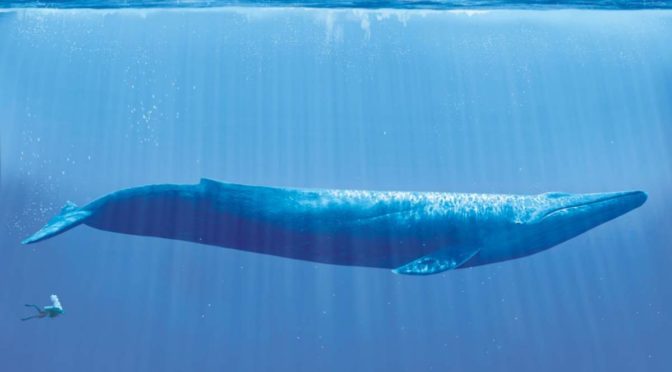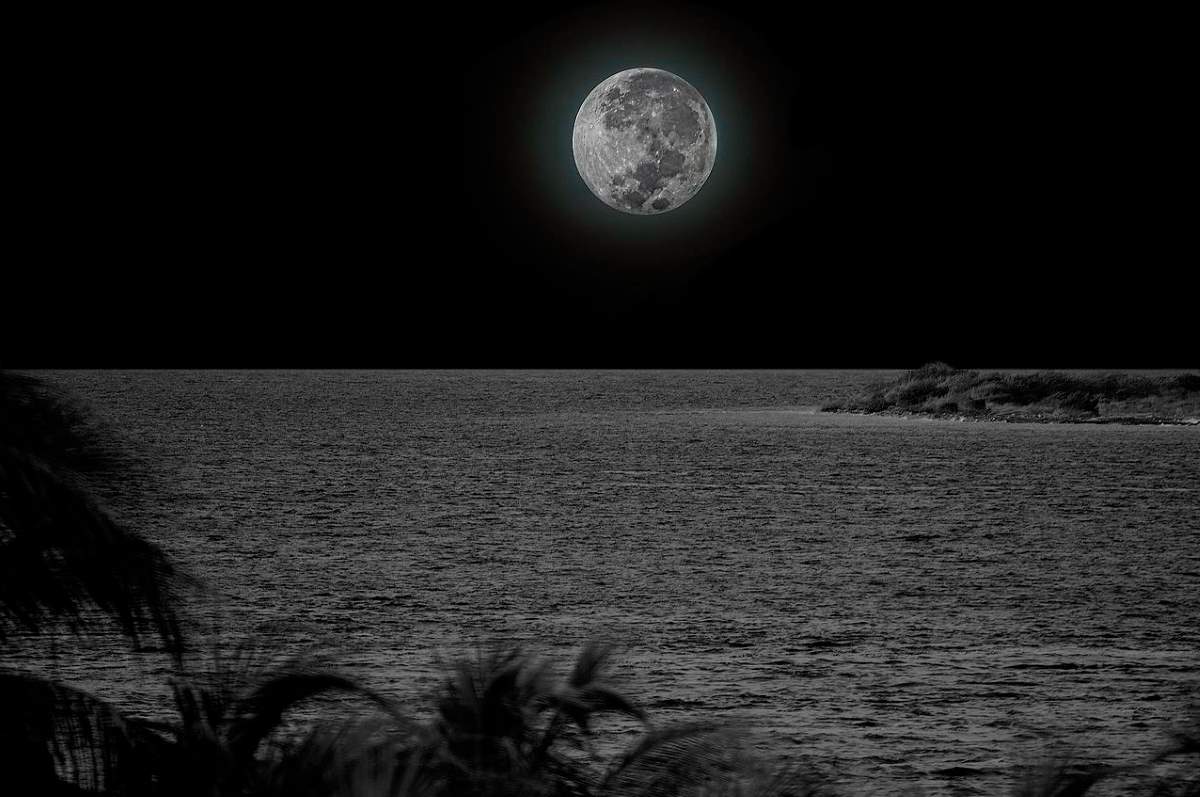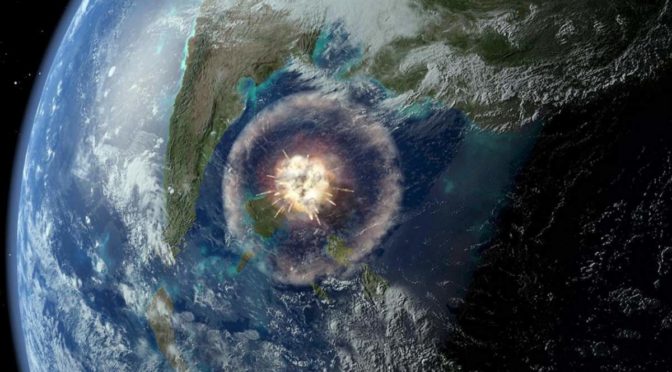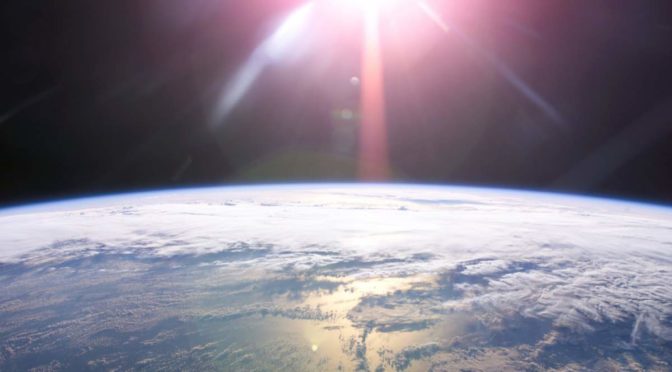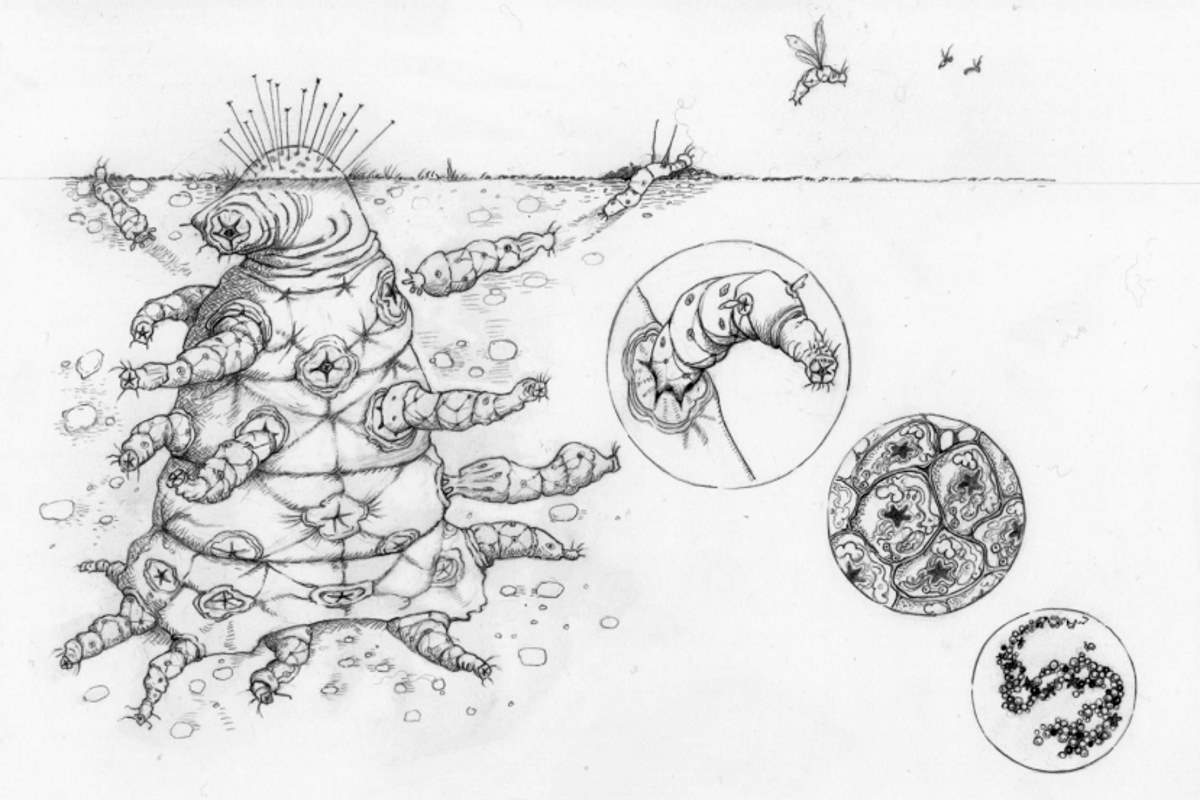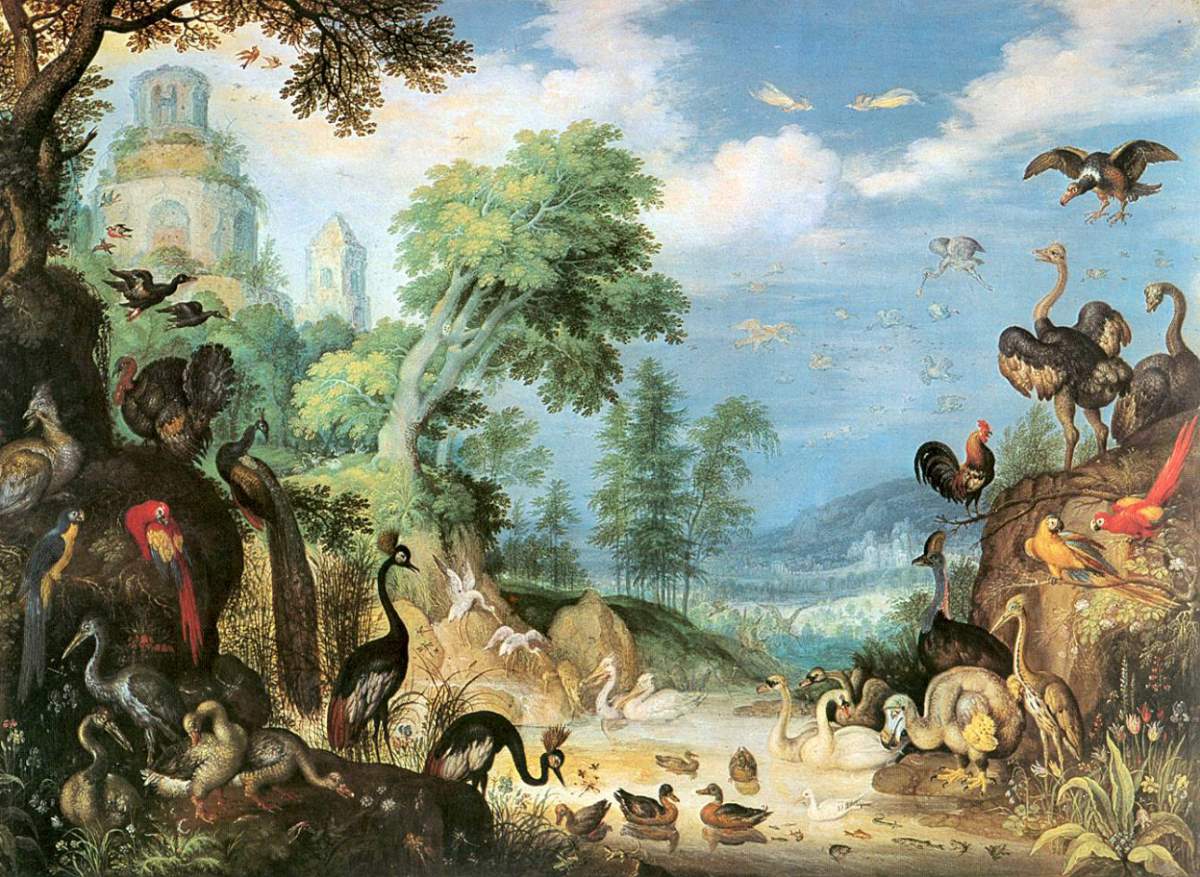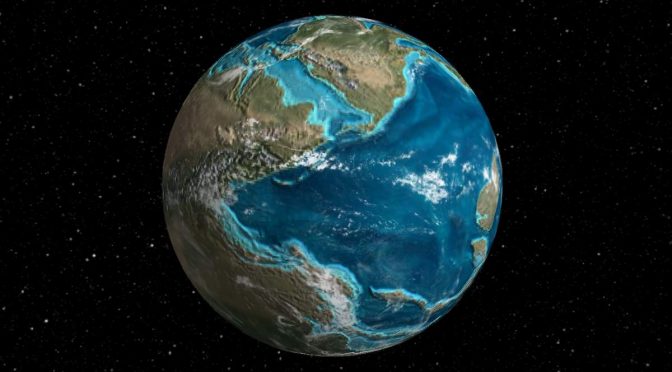The blue whale (scientific name: Balaenoptera musculus) is a marine mammal belonging to the baleen whales (Mysticeti). Up to 31 meters (102 feet) in length and 190 tonnes (210 short tons) in weight, it is the largest extant animal and also is the heaviest known to have existed. But it’s hard to conceptualize how big …
Continue reading “Blue whale facts: How big is the blue whale?”
